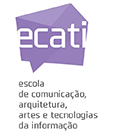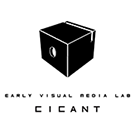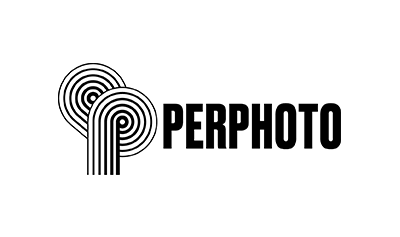Portrait Mode: Depth Effects from Stereoscopic to Computational Photography [EN]
Brooke Belisle
The “depth effect” feature of the “portrait” mode available on many smartphone cameras has been advertised as making it easier to take good photographs, helping the photographer to focus on what’s important and eliminate distractions from the scene. “Depth effect” features work by relying on the dual, or now often triple, apertures of contemporary cameraphones. The camera captures multiple exposures from its multiple apertures, and algorithms compare relationships between pixels across the different ‘takes’ to map multiple planes of depth. Object-recognition algorithms that have been taught to identify which pixels of an image are a person’s face, and which other pixels might be ‘part’ of that person, associate the ‘subject’ of the photograph with a particular plane of the image. Image correction algorithms then adjust the focus of the image to sharpen the plane of the subject and proportionally blur everything else. In practice this means people show up as what matters, unique individuals against a general backdrop, the world fading away around them.
In some ways, smartphone camera “depth effects” computationally reinvent 19th century stereoscopic photography, which, notably, was not especially used for portraiture. People most often show up in stereographs as figures in the distance (markers for scale) or as part of a theatrical tableau. When a person is the explicit subject of a view, they are less often “portrayed” than displayed as a specimen, labeled as an example of an ethnic type. The degree to which stereoscopic photography seemed fit or unfit for portraiture communicates about the formal and phenomenological conditions of the encounter it seemed to stage between the one looking, the one looked at, and the world they did or did not seem to share.
In this talk, I explore the relationship between portraiture and “depth effects” by comparing the practices and possible implications of stereoscopic processes from two very different periods of photography. On the one hand, the objectifying gaze associated with stereographic images seems to underwrite the algorithmic processes that rationalize subject-object relationships in computational photography. On the other hand, however, the way that stereographs stage a dynamic and embodied engagement in order to even “see the image” as such may point out dimensions of visibility that need to be reasserted within the shifted terms of algorithmic aesthetics.







